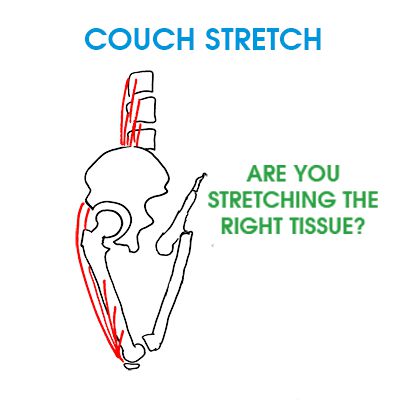
18 Aug When The Couch Stretch Doesn’t Work
Disclaimer: In this post, we will be discussing restricted ranges of motion and “tightness” with a standard stretch for CrossFitters, the couch stretch. In a Sports Therapy/Chronic Pain Resolution practice, diagnosing necessitates further detail in order to figure out why a tissue is restricted. Tissue can be 1) adhesed, 2) protectively tensioned or contracted, or 3) blocked by a space-occupying lesion. For the purpose of this post, we are assuming the restriction is caused by mild, local 1) adhesion and nothing else.
Conventional wisdom’s answer of “stretching” for the problem “tightness” is leaving many people hopeless of how to increase range of motion and is grossly missing the mark. We will discuss this in a later post.
—
“The couch stretch isn’t working for my injury or performance, what should I do?”
I’m so glad you asked.
In the CrossFit world, there are more and more doctors, therapists, and coaches giving out blanket mobility prescriptions intended to reduce symptoms, diminish risk of injury, and improve performance. Typically, googling “knee or hip tightness” will result in blind treatment protocols of “what might work” given all of the tools in a practitioner’s toolbelt.
If a prescription gets you results, wonderful! Keep doing it. It must be working.
If it gets you no results, stop wasting your time and don’t to it any longer.
This post is designed to help you understand:
- What tissue is restricted.
- What stretch you should do for that tissue for the purpose of providing you a bang-for-your-buck solution to potentially pursue your restriction and, most important, GET YOU RESULTS. This can not be overstated enough. Let’s be pragmatic.
What is the Couch Stretch doing?
“Everything should be made as simple as possible, but not simpler.” ~Albert Einstein
Ask a CrossFitter stretching next to you what they’re stretching. You may get any of the following answers:
- Hip Flexors
- Knee Flexors
- Quadriceps
The problem with the above answers is that none of them are specific enough to address:
- Your specific restrictions.
Albert Einstein is famous for saying the above quote praising simplicity where warranted.
The Couch Stretch is not one of those places.
More complexity is needed here. We need to dig to understand one’s own body more than simply “I’m going to do the couch stretch and see what happens.”
A Brief Lesson in Hip/Knee Flexor Anatomy
There are six muscles that need to be examined in hip/knee flexor anatomy. Their general biomechanical function is listed after the muscle. 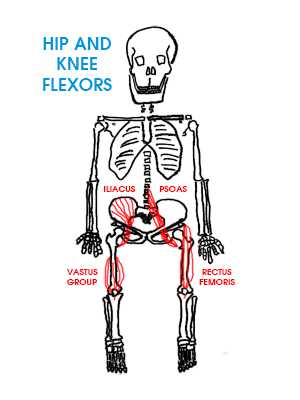
- Psoas: Lumbar stabilizer and hip flexor.
- Iliacus: Hip flexor
- Rectus Femoris: Hip flexor and knee flexor.
- Vastus medialis: knee flexor.
- Vastus intermedius: knee flexor.
- Vastus lateralis: knee flexor.
Each muscle is tested for pathology and restriction in different ways. Based on the function of the Homo sapien mechanical system, each test has a normal range that allows for the body to function given what a Homo sapien may have to do in life. Having that range is a PASS for that test. Anything less than that ideal range is a FAIL and leaves you at risk for further injury, damage, and compensation, causing a downward spiral of your body hating you.
Therefore, the biggest impediment towards you living the life you want to live when it comes to your body is addressing your restrictions.
Below are the Baseline Functional Tests that will let you where you are at risk of pain or injury, if you’re not in pain already. If you don’t know how to test these, we will go over this in a later post.
Lunge Stretch Test | Kneeling Hip Extension – tests the psoas and iliacus – learn how to perform the lunge stretch here.
Supine Knee Flexion – tests the vastus medialis, intermedius, and lateralis.
- PASS = 0″ of the heel touching the butt
- FAIL = more than 0″
Selective Tension the Knee – tests the rectus femoris by adding Knee Flexion to the Lunge Stretch Test – learn how to perform selective tensioning of the knee here.
- PASS = more than 0″
- FAIL is = 0″ or no movement
Touch Your Toes Test | Standing Lumbopelvic Flexion – tests the lumbar spine, hip, hamstring, and sciatic nerve complex and more importantly for our purposes here, where a disc (or other structural pathology) may be Red-Lighting (protectively tensioning) your other tests. Learn how to perform the touch your toes test here.
- PASS = touch the ground with extended knees in less than one second.
- FAIL = anything less than touching the ground and taking more than one second (unless really sore from a workout).
What should you do now?
Before we give you a new prescription, we need to collect a minimum amount of data to figure out your precise pathology as determined by what is restricted.
At Barefoot Rehab, we love the metaphor of building a house for building your body.
By testing your musculoskeletal mechanics, we are seeking out restriction that exposes pathology, which are “nails”, or problems that need a “hammer” in order to fix.
The reason why the Couch Stretch is not working for you is that are addressing the wrong problem, trying to screwdrive a nail when you really need a hammer.
In other words, we’re going to match your restriction with the right tool to address that restriction.
For now, let’s collect some data:
- How long have you been doing the Couch Stretch for?
- Has it increased your range of motion?
- If yes, good, keep going until full.
- If no and it has been a month of stretching, stop wasting your time.
 What has your experience been with the couch stretch? What have you tried? How long do your effort’s effects last?
What has your experience been with the couch stretch? What have you tried? How long do your effort’s effects last?

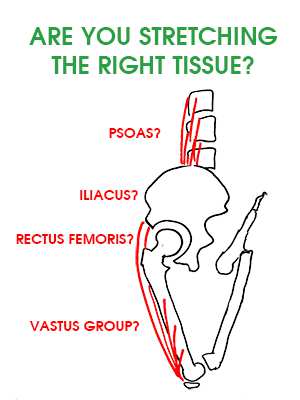
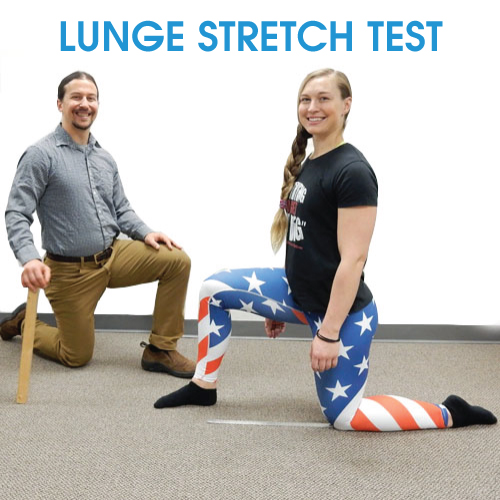
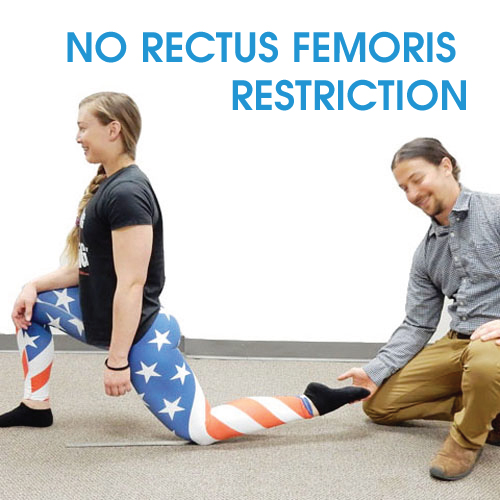
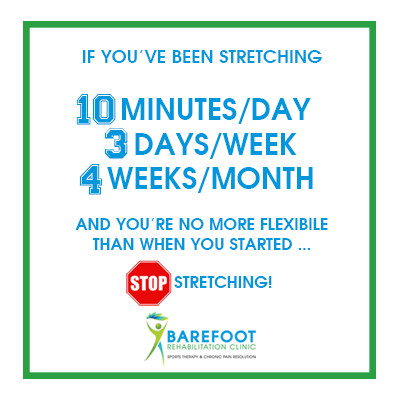
Know Your Numbers: The Lunge Stretch Test
Posted at 19:36h, 16 April[…] Another item of note is that most people use this test to measure quad flexibility. The quads are not so relevant here as only one of the four quadriceps muscles, rectus femoris, crosses the hip joint. Rectus femoris is at its end range of motion if at the end range of KHE, you cannot lift the leg (by grabbing the shoe) from the ground. Read more about stretching rectus femoris by doing the couch stretch. […]
julz
Posted at 01:57h, 08 Februarythe quads group are extensors of the knee, not flexors, if you are wishing to be technically correct
Dr. Chris
Posted at 11:04h, 12 AprilTY Julz.
Chris Paegle
Posted at 11:25h, 26 AprilHad knee replacement two years ago. I can sprint but I don’t have full knee flexion in the new knee. Dr made it tight on purpose because he knew I was going to be hard on it. Left pt with 140 degrees of flexion. I perform Knees Over Toes recently. Is there a specific stretch I need to be doing to get better flexion in my knee?
Dr. Chris
Posted at 12:14h, 26 AprilIt sounds structural. If it’s your structure stopping it, I recommend avoiding tryign to stretch it as you’re only messing with your gears. You can do more harm than good.